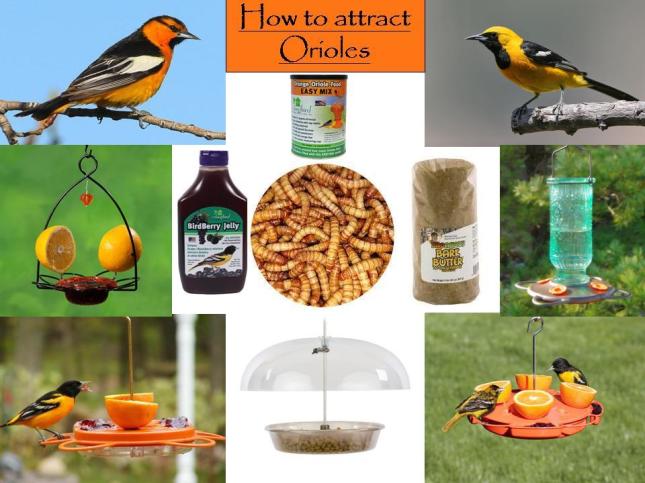
*Dinner Bell Feeder discontinued
Who is in our Area?
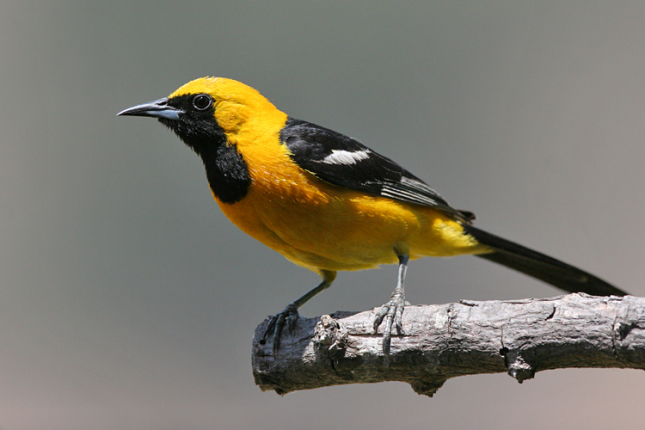
Hooded Oriole (Adult Male)
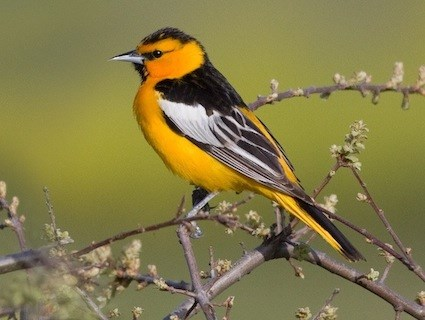
Bullocks Oriole (Adult Male)
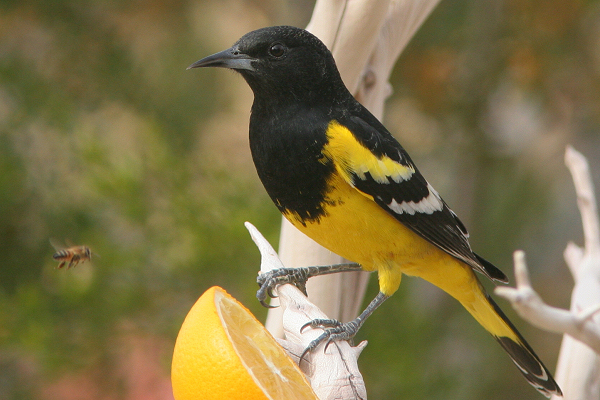
Scott's Oriole (Adult Male)
When do they arrive?
- Orioles overwinter in Central and South America
- Most Orioles arrive in March or April
- Some can be seen in the area as early as late January or early February
- Breeding Orioles return to the same nesting area year after year
- If you become familiar with your resident orioles patterns you can time their arrivals and departures on a calendar
How can I see and attract them?
- Many people first encounter Orioles visiting their Hummingbird Feeders trying to access the nectar
- They are nectar drinkers that will visit plants with long tubular flowers such as Cape Honeysuckle, Orange Jubilee, and Mexican Bird of Paradise
- You can attract them to your own yard by offering them hummingbird nectar in feeders large enough for them to access
- They are attracted to the color orange so using orange colored feeders and domes help to get their attention
- They also eat live insects and fruits such as oranges
- In addition to nectar entice them to return frequently by offering live mealworms, Birdberry Jelly (Blackberry or Grape Jelly), and orange slices.
What do they eat?
- Sugar Water (Hummingbird Nectar)
- Live Insects (mealworms - live is more instinctual and essential for the young)
- Fruits such as oranges, watermelon, elderberry, grapes, mulberries, and serviceberries
- Suet such as Bark Butter, Bark Butter bits, and Naturally Nut suet dough
- Blackberry or Grape jelly such as Birdberry Jelly
Will they stay?
- If its the beginning of the season they may be just passing through
- If they are breeding in your neighborhood they will be in the area until late Summer
- If its the middle of the season you may see a juvenile who has left the nest and is in search of food
Where do they nest?
- Hooded Orioles are the most commonly encountered
- They build woven nests on the underside of palm fronds in tall palm trees
- On occasion they may nest in trees other than palm trees if there is an abundance of food in the area
What behavior can I possibly see in my yard?
- Males may display to each other by showcasing their black chins to each other, singing to each other, then chasing each other from feeders and through the yard
- Both sexes can be seen gathering mouthful of worms to feed their young at the nest
- Once the young are able to fly, the parents may bring them to the feeder to fed and show them where they may find food
- Last years juvenile males may try to breed this year
- Resident adult orioles tend to visit feeders frequently in the early morning and at dusk before sundown
- Last years juvenile males are more erratic in their feeder visit timing, sometimes seen in the middle of the day
- Males are often heard calling atop tall trees in their breeding area
- Orioles are very shy and flee often (to return again later)
- They are not territorial at feeders like hummingbirds
What do Females and Juveniles look like?
- Adult Females are thick bodied with dark bills
- This years juveniles look like the females but not full bodies, have pink at the base of their bill, and are awkward at the feeder
- Last years juvenile males will look like the bright adult males with the black throat path but with more toned down, subdued colors
- Last years juvenile males
When do they leave?
- Adult Males generally leave at Summers end in August
- Adult Females leave once the last of the seasons young leave the nest
- The years juvenile Orioles will form into groups once they are able to find food on their own
- These juvenile groups can stay as as late as September or October
- Rarely one may overwinter on their breeding grounds
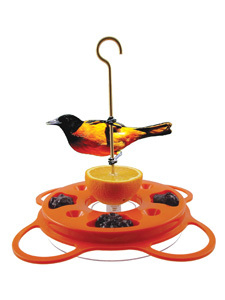
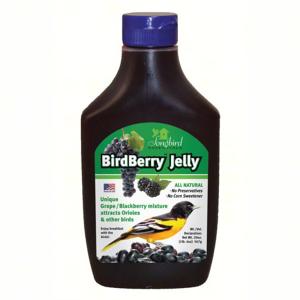
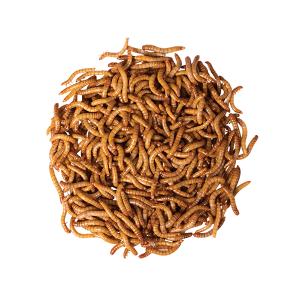

To Order Please Visit Our Online Store

